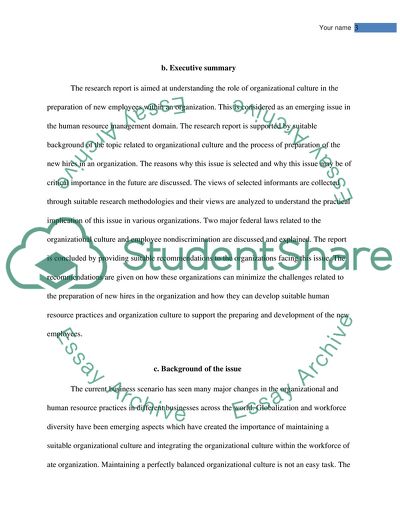Cite this document
(Organizational culture and preparing the new employee Research Paper, n.d.)
Organizational culture and preparing the new employee Research Paper. https://studentshare.org/human-resources/1815990-organizational-culture-and-preparing-the-new-employee
Organizational culture and preparing the new employee Research Paper. https://studentshare.org/human-resources/1815990-organizational-culture-and-preparing-the-new-employee
(Organizational Culture and Preparing the New Employee Research Paper)
Organizational Culture and Preparing the New Employee Research Paper. https://studentshare.org/human-resources/1815990-organizational-culture-and-preparing-the-new-employee.
Organizational Culture and Preparing the New Employee Research Paper. https://studentshare.org/human-resources/1815990-organizational-culture-and-preparing-the-new-employee.
“Organizational Culture and Preparing the New Employee Research Paper”. https://studentshare.org/human-resources/1815990-organizational-culture-and-preparing-the-new-employee.


